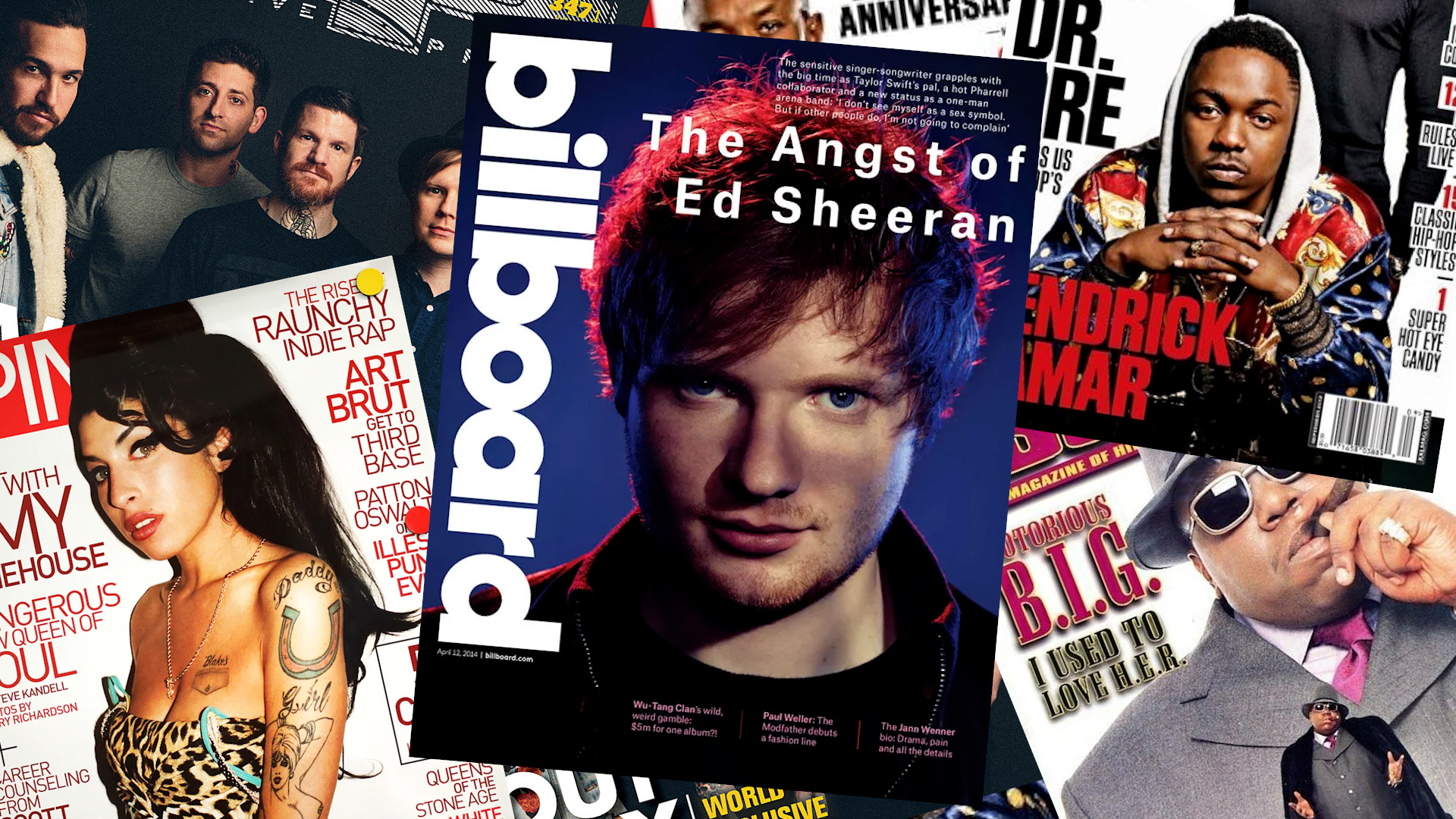
Simone Del Rosario: If video killed the radio star, what’s killing music journalism? Journalism in general has been going through it since…the internet. It’s black and white: Digital ads don’t pay as much as print. But when Condé Nast announced it was folding Pitchfork into men’s magazine GQ, music press was put on notice.
Annie Zaleski: Pitchfork covers artists and bands and scenes and ideas that no other publication does.
Simone Del Rosario: Annie Zaleski is an award-winning music journalist and author of biographies on Lady Gaga and P!nk, to name a couple.
Annie Zaleski: This actually marks my 25th year in music journalism this year. And it’s obviously, it’s like night and day.
Simone Del Rosario: Back in the day, the power of a positive writeup in Rolling Stone or Pitchfork could drive music lovers to their nearest record store. Now everything lives in the palm of your hand. And algorithms, not critics, can feed you music you may like.
As Amos Barshad wrote about Pitchfork in this 2018 Slate article, “the internet democratized access to music. We didn’t really need gatekeepers anymore; for a whole generation, reading about what something sounded like, when you could listen to it for free yourself, felt increasingly like an insane thing to do.”
But as jobs for music journalists dwindle, music libraries are only growing, thanks to virtually anyone being able to upload music these days.
Annie Zaleski: It has just gotten so difficult to sort of follow what’s going on and making sure something doesn’t fall through the cracks. Who’s actually curating the stuff to tell you what’s coming out in a given week? You know, there’s some really, really great playlists on streaming services, you know, but are there you know, magazines and newspapers used to do that, you know, where are those?
Simone Del Rosario: Folding, evidently. While Pitchfork’s closure is not unique –
Annie Zaleski: It is, unfortunately, a microcosm of what’s going on in media and the press in general.
Simone Del Rosario: There’s more to music journalism’s struggle than general press decline. Music journalists now face competition from their own subjects.
Annie Zaleski: Musicians, some of them are just wizards at either taking to TikTok or taking to Instagram.
Simone Del Rosario: No longer do musicians need that coveted cover and feature to reach new and existing fans. Not when they can go straight to social media.
Annie Zaleski: I think that musicians very early on realized that that connection, that fan to fan connection, is their best way to kind of make sure that they can still stay connected to audiences.
Simone Del Rosario: So before we make music journalism extinct, what is the case for music journalism, if fans have direct access to the musicians and bands that they love?
Annie Zaleski: You might get new insights into an artist that you didn’t recognize before, especially if people are really good interviewers, they tease things out from artists that you might not know. You can read a piece and it’ll kind of reflect what’s going on in history at the time, you know, what’s going on in culture.
Simone Del Rosario: And, she says, exceptional criticism can help you hear records differently.
Annie Zaleski: It can be influential and just new give you new insights into something that you thought you knew. And that’s important. It might not necessarily sometimes feel groundbreaking, but you know, maybe you’re gonna find a record that saves your life.
Simone Del Rosario: A select few music enthusiasts have built lucrative online platforms sharing personal critiques. While newsletters, community hubs and startups fill voids left by legacy media.
Annie Zaleski: People are still music fans and people still hunger for, you know, new music and hunger for new bands. And I think everyone is trying to figure out the best place to do that.








